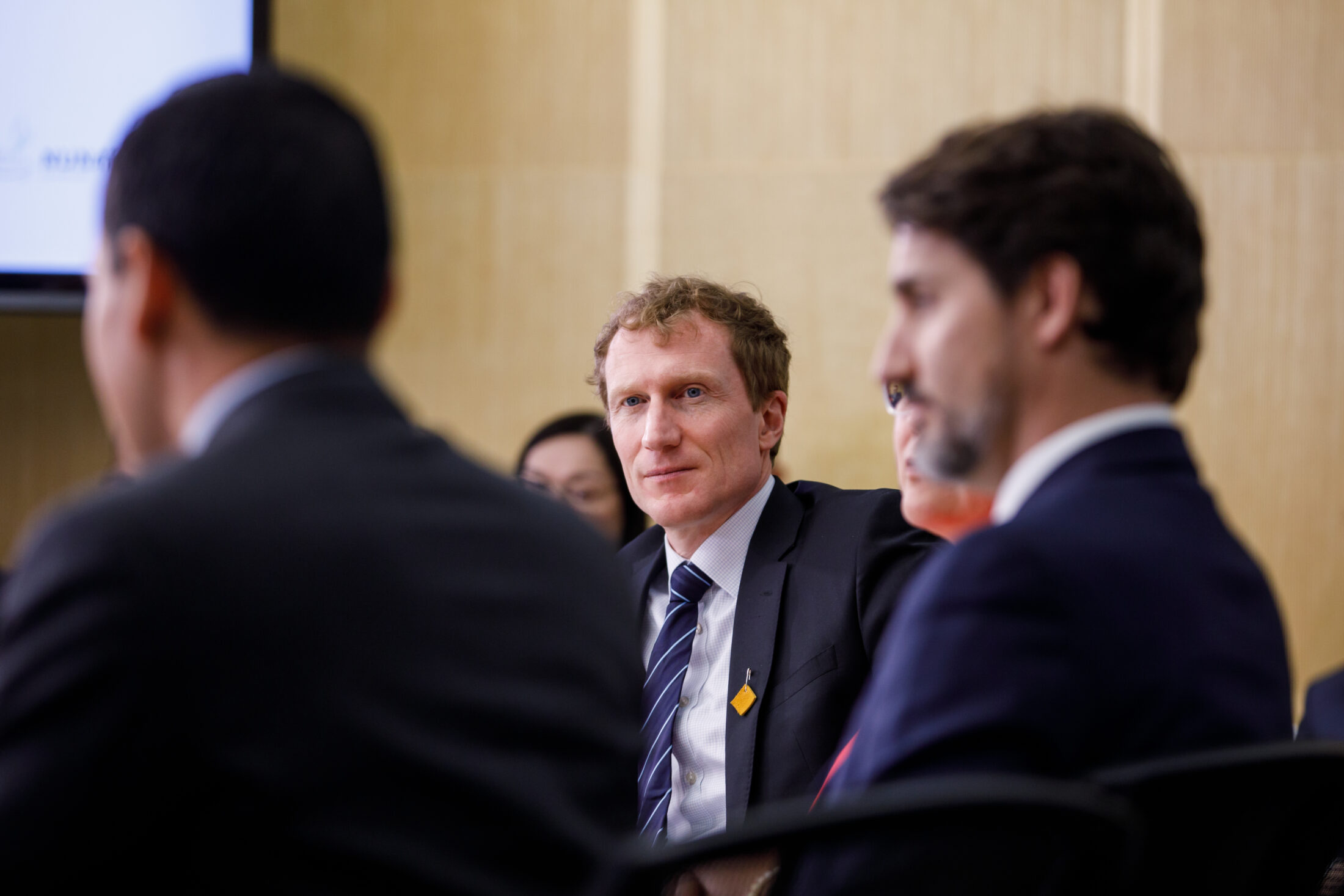
Water determines the Great Lakes Region’s economic future
Climate change, geopolitics and business opportunities power a blue economy
This story is published courtesy of the Guardian as part of the ongoing series This Land is Your Land.
Curve Lake First Nation, a forested community in southern Ontario, is surrounded on three sides by fresh water.
But for decades, residents have been unable to safely make use of it. Wary of crumbling infrastructure and waterborne illness, the community instead relies on shipments of bottled water. The community’s newly elected chief, aged 34, has lived her whole life without the guarantee of clean water flowing from the tap.
“The emotional and spiritual damage of not having clean water, having to look at all of the water surrounding us on a daily basis and unable to use it, is almost unquantifiable,” said Chief Emily Whetung.
Amid mounting frustration, Whetung and other Indigenous leaders have launched national class-action lawsuits against the federal government. Arguing the federal government failed to provide clean water and forced communities to live in a manner “consistent with life in developing countries” they are suing the government for $2.1 billion damages — the costs associated with years of bottled water trucked and a water treatment system for the whole community.
Despite being one of the most water-rich nations in the world, for generations Canada has been unwilling to guarantee access to clean water for Indigenous peoples. The water in dozens of communities has been considered unsafe to drink for at least a year — and the government admits it has failed.

Able Flett, from the Tataskweyak Cree Nation, passes the Kelsey Dam on his return to the community after taking youth out on the land for a traditional knowledge program. The Tataskweyak nation, which has been severely impacted by hydro development on northern Manitoba’s rivers, is participating in the class-action lawsuit. Photo: Aaron Vincent Elkaim / The Narwhal
In 2015, Justin Trudeau, then campaigning for the country’s top job, made an ambitious promise to end the scourge of unsafe water in more than 100 First Nations communities across the country. But on April 30, the federal minister overseeing the issue acknowledges the government has missed its March deadline on its own five-year promise, and says he has “no credible excuse” for how communities that have gone decades without clean water still lack access.
“It’s unacceptable in a country that is financially one of the most wealthy in the world, and water rich, and the reality is that many communities don’t have access to clean water,” the federal Indigenous Services Minister, Marc Miller, told the Guardian in an interview.
Access to drinking water is something few Canadians ever have to think twice about. But the vast geography of Canada and the disparate locations of 630 First Nations communities — some accessible only by plane — makes setting up water treatment infrastructure a logistical challenge.
As a consequence of colonial-era laws, Indigenous communities have been barred from funding and managing their own water treatment systems, and the federal government bears responsibility for fixing problems.
“If you are anywhere else in Canada and you turn on the tap, then you are protected by safe drinking water regulations,” said Amanda Klasing, a water researcher at Human Rights Watch. “If you live on reserve, no such regulations exist. There are no safe drinking water protections.”

Indigenous Services Minister Marc Miller recently acknowledged the federal government failed to meet its own deadlines to end the scourge of unsafe water in First Nations communities. Photo: Justin Trudeau / Flickr
Get the inside scoop on The Narwhal’s environment and climate reporting by signing up for our free newsletter. On a warm September evening nearly 15...
Continue reading
Climate change, geopolitics and business opportunities power a blue economy

10 billion litres of sewage are dumped into Winnipeg’s lakes and rivers each year. Some...

Court sides with Xatśūll First Nation, temporarily halting Mount Polley mine waste expansion
